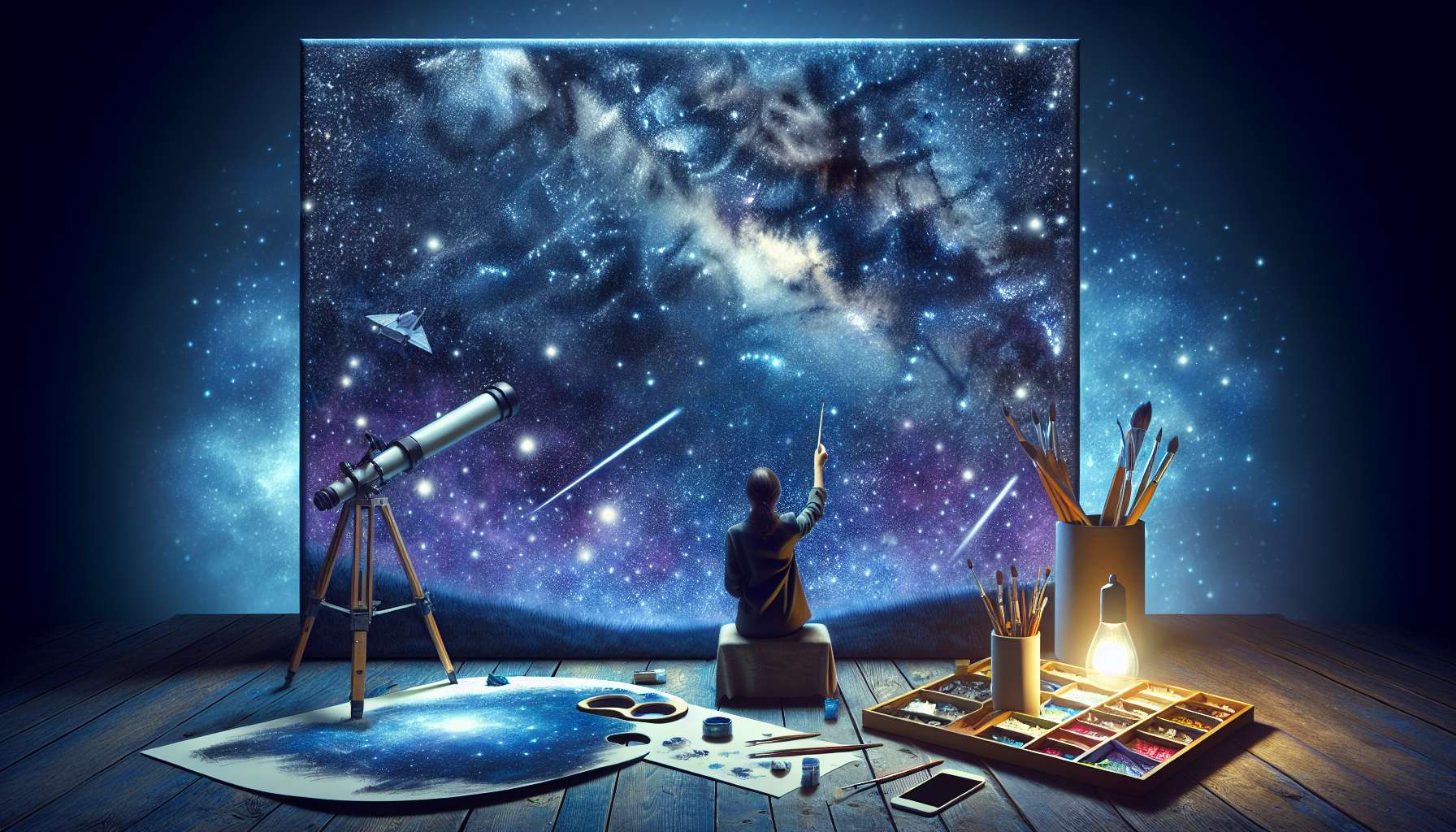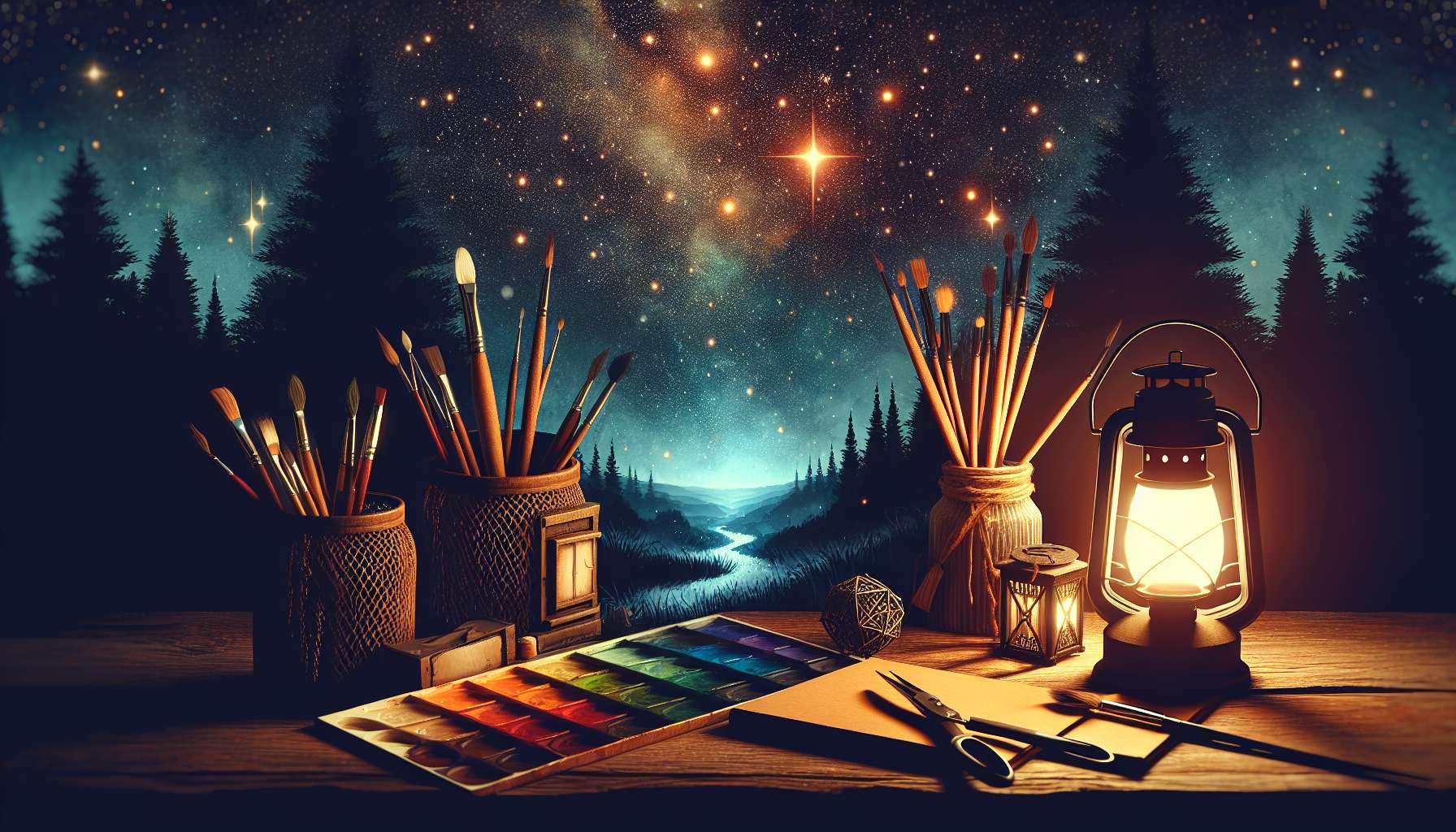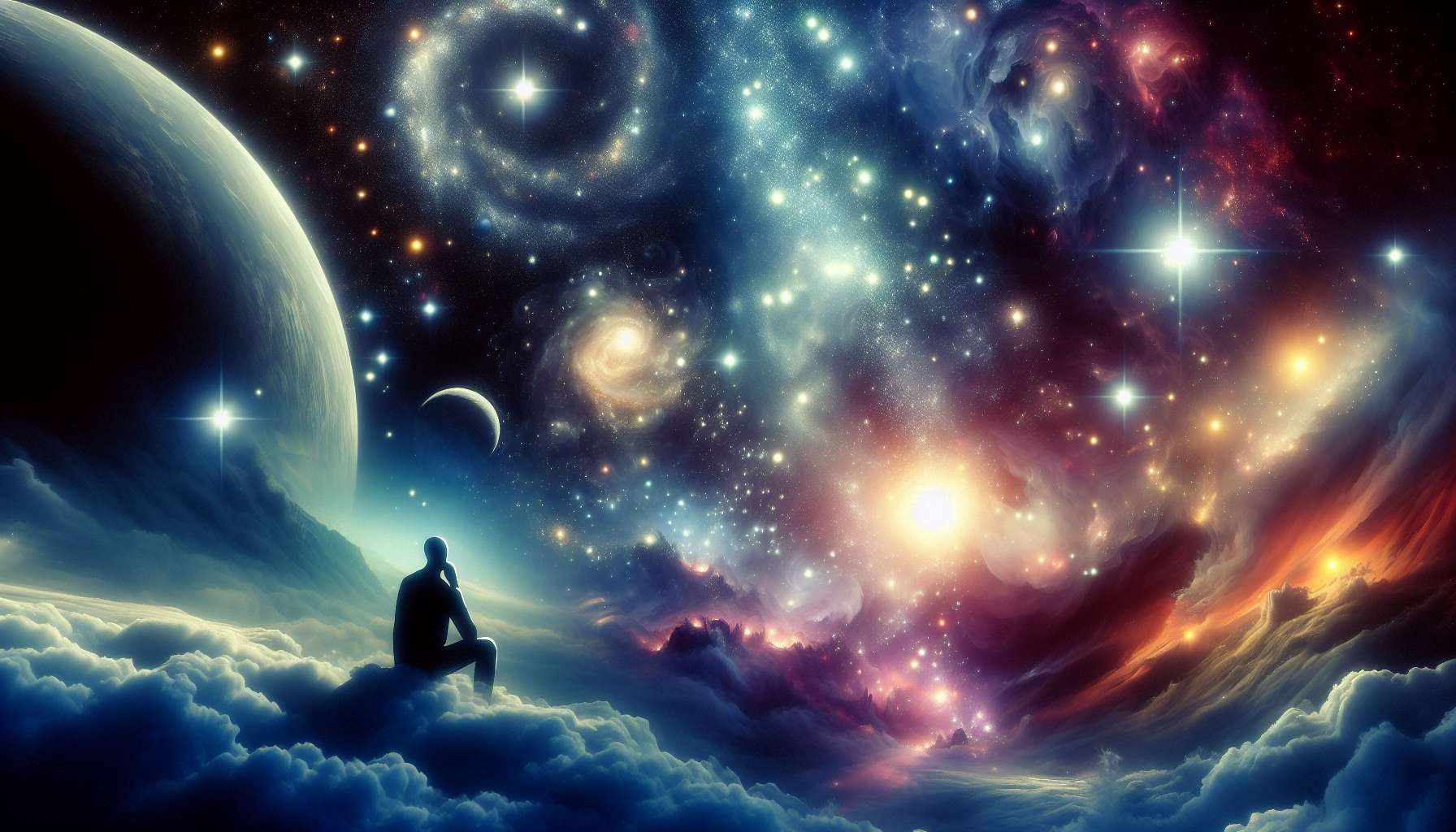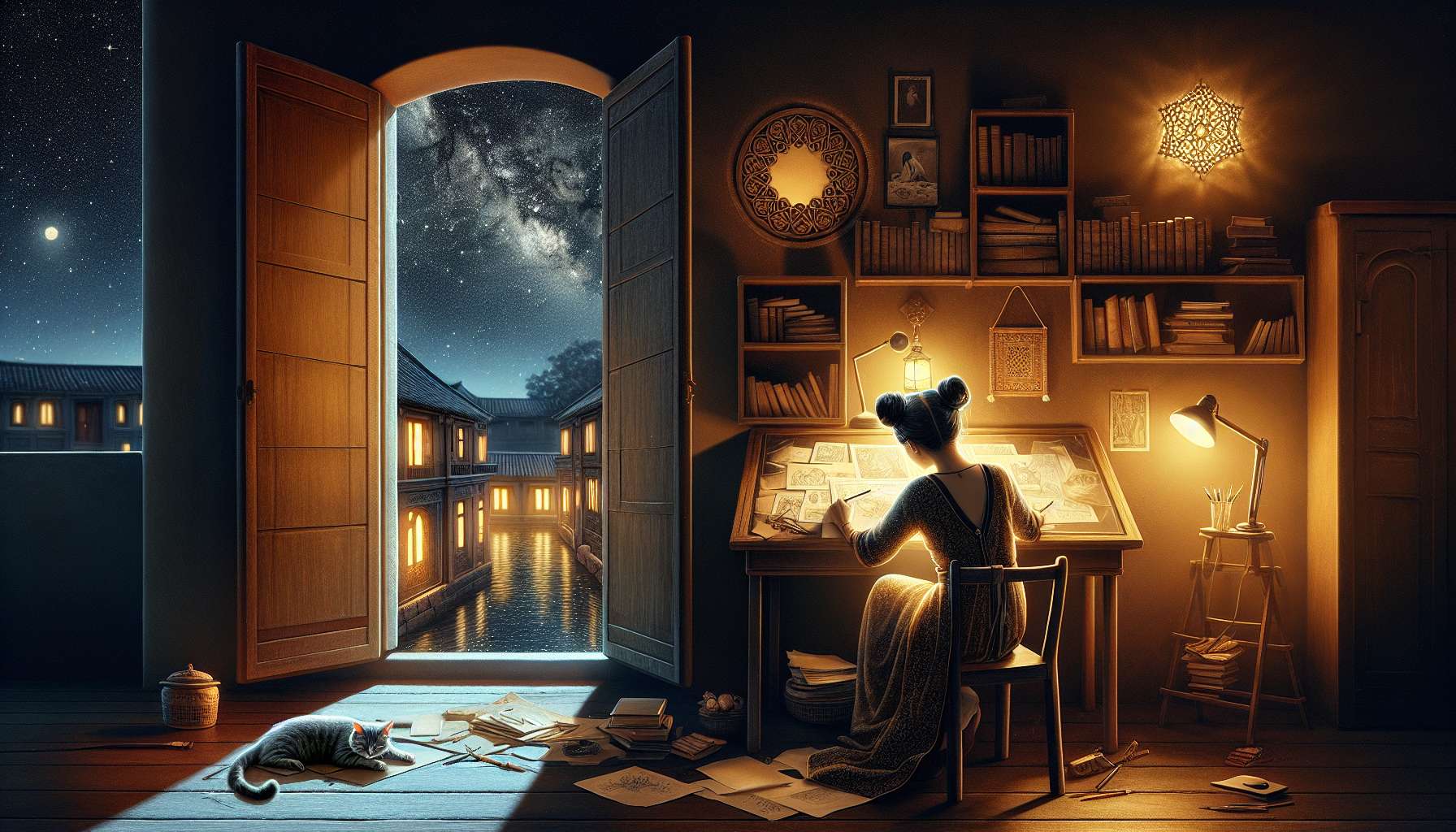Unveiling the Artistry of Stargazing
Have you ever gazed up at the night sky, mesmerized by the twinkling stars and the vastness of the universe? Stargazing has captivated humanity for centuries, inspiring awe, wonder, and a deep sense of connection to something greater than ourselves. But did you know that stargazing is not just a hobby or a pastime? It is an art form in its own right, blending science, aesthetics, and imagination in a breathtaking display of beauty and mystery.
In this article, we will delve into the intricate world of stargazing artistry, exploring its history, techniques, and profound impact on human culture. Join us on this celestial journey as we unravel the secrets of the stars and unlock the hidden artistry of the night sky.
The History of Stargazing Artistry
Stargazing has a rich and storied history dating back to ancient civilizations. From the ancient Egyptians and Babylonians to the Greeks and Romans, people have looked to the stars for guidance, inspiration, and spiritual meaning. In many cultures, stargazing was intertwined with mythology, religion, and astrology, shaping beliefs and practices for generations.
One of the earliest forms of stargazing artistry can be found in the field of astronomy. Ancient astronomers like Ptolemy and Copernicus studied the movements of the stars and planets, laying the foundation for modern astronomy. Their observations and calculations paved the way for our understanding of the cosmos and the development of astronomical instruments.
Fast forward to the Renaissance period, and we see a blossoming of stargazing artistry in the form of celestial maps, charts, and illustrations. Artists like Johannes Hevelius and Andreas Cellarius combined scientific knowledge with artistic skill to create stunning depictions of the heavens. These intricate and detailed works not only served as valuable scientific tools but also as works of art that captured the beauty and complexity of the universe.
The Techniques of Stargazing Artistry
Stargazing artistry encompasses a wide range of techniques and practices, each designed to enhance the beauty and depth of the night sky. From simple stargazing with the naked eye to advanced astrophotography and digital imaging, there are countless ways to explore and capture the wonders of the cosmos.
One of the most basic techniques of stargazing artistry is observing the night sky with the naked eye. By simply looking up at the stars, we can marvel at the patterns of constellations, the brightness of planets, and the dance of meteors across the sky. This form of stargazing requires no special equipment, making it accessible to anyone with a clear view of the heavens.
For those looking to delve deeper into the mysteries of the cosmos, telescopes offer a powerful tool for exploration. Telescopes come in a variety of sizes and designs, each suited to different types of stargazing. From the compact and portable refractor telescopes to the large and complex reflector telescopes, there is a telescope for every skill level and budget.
Another popular technique in stargazing artistry is astrophotography, the art of capturing images of the night sky. By attaching a camera to a telescope or using a specialized astrophotography camera, photographers can document the beauty of the stars, planets, and galaxies in stunning detail. Astrophotography requires patience, skill, and a good understanding of camera settings and post-processing techniques, but the results can be truly breathtaking.
The Impact of Stargazing Artistry
The impact of stargazing artistry extends far beyond the realm of astronomy and photography. It has inspired artists, poets, musicians, and writers for centuries, influencing their work and shaping cultural movements. From Vincent van Gogh’s iconic painting “Starry Night” to Gustav Holst’s orchestral suite “The Planets,” the night sky has been a constant source of inspiration for creative minds.
Stargazing artistry has also played a significant role in scientific discovery and education. By combining art and science, astronomers have been able to communicate complex ideas and theories in a visually compelling way. Educational programs like planetarium shows, astronomy exhibitions, and stargazing events have helped to spark interest in space exploration and inspire the next generation of astronomers.
Moreover, stargazing artistry has a profound impact on our emotional and spiritual well-being. The act of looking up at the stars can evoke feelings of awe, wonder, and humility, reminding us of our place in the universe. It can also provide a sense of connection to something greater than ourselves, fostering a sense of unity and belonging in a vast and complex world.
The Future of Stargazing Artistry
As we look to the future, the possibilities for stargazing artistry are endless. Advances in technology, such as robotic telescopes, remote observatories, and artificial intelligence, are revolutionizing the way we explore and understand the cosmos. These tools are making it easier than ever to capture stunning images of the night sky and unravel the mysteries of the universe.
One exciting development in stargazing artistry is the rise of virtual reality and augmented reality experiences. By using VR headsets and AR apps, users can immerse themselves in the wonders of the night sky, exploring distant galaxies, nebulae, and star clusters from the comfort of their own home. These interactive experiences are helping to make astronomy more accessible and engaging for people of all ages.
Another promising trend in stargazing artistry is the growing interest in astro-tourism. Stargazing hotspots around the world, such as Mauna Kea in Hawaii, Atacama Desert in Chile, and Aoraki Mackenzie International Dark Sky Reserve in New Zealand, are attracting visitors from far and wide who want to experience the beauty of the night sky in pristine and dark skies. These destinations offer guided stargazing tours, astronomy workshops, and star parties, allowing visitors to connect with the cosmos in a meaningful and memorable way.
Expert Opinions
We reached out to Dr. Emily Levesque, an astrophysicist and author, for her insights on stargazing artistry. According to Dr. Levesque, “Stargazing artistry is a unique blend of science, creativity, and storytelling. By combining artistic vision with scientific rigor, we can communicate the wonders of the universe in a way that resonates with people on a deep and emotional level. Stargazing artistry has the power to inspire curiosity, spark imagination, and foster a sense of wonder in the world around us.”
Common Misconceptions
One common misconception about stargazing artistry is that it is reserved for professional astronomers or experienced photographers. In reality, anyone can engage in stargazing artistry, regardless of their background or skill level. Whether you’re a beginner with a passion for astronomy or an experienced photographer looking to capture the beauty of the night sky, there are endless opportunities to explore and create art in the heavens above.
Conclusion
To wrap things up, stargazing artistry is a captivating and multifaceted practice that blends science, art, and imagination in a beautiful display of creativity and wonder. From ancient astronomers to modern-day photographers, people have looked to the stars for inspiration, guidance, and connection. As we gaze up at the night sky, let us embrace the artistry of stargazing and find meaning, beauty, and inspiration in the vastness of the cosmos.
So, the next time you find yourself under a clear night sky, take a moment to look up, soak in the beauty of the stars, and appreciate the artistry of stargazing. Who knows what wonders you might discover in the heavens above?




